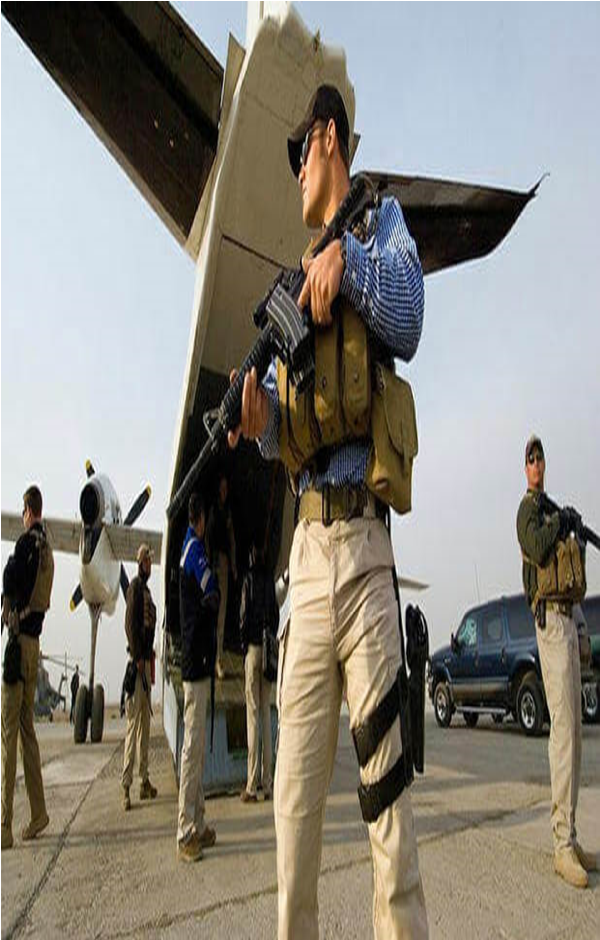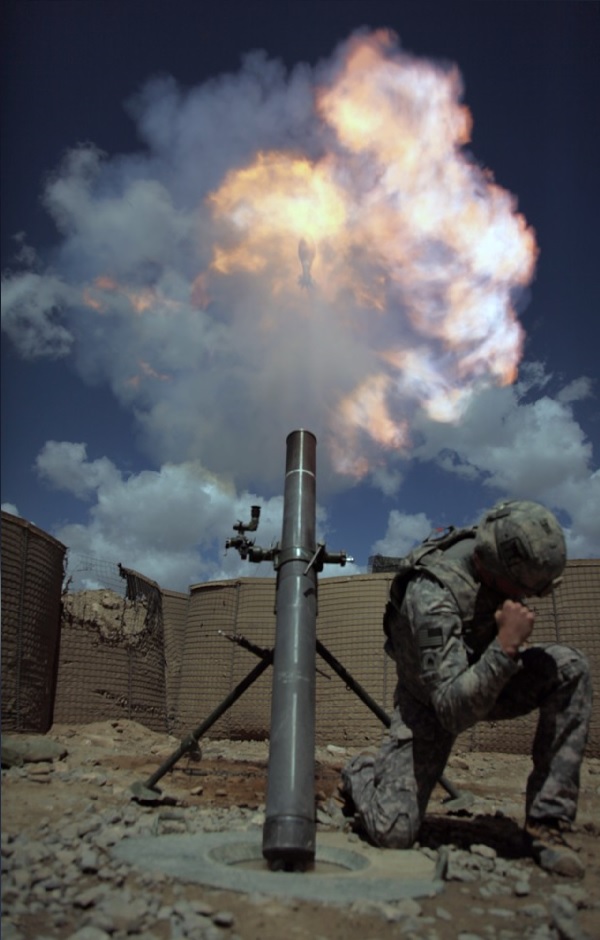MILITARY
MILITARY PRODUCTS FOR MINISTRY OF DEFENCE
GROUND FORCES
AMMUNITION, BOATS, AIR FORCES, DEFENCE, SECURITY
About Us
a family-owned company worldwide known as a trustworthy and responsible company for success and commitment in the defense industry.
With rich experience from the past, we work for the future.
Trading
A wide network of partners around the globe allow us to tailor made projects in supply of defence products.Our warehouse location is easily accessible for the transport and storage of goods.
Manufacturing
We deliver proven and innovative products of the defense industry, including firearms, suppressors, and accessories, as well as unparalleled customer service.

Mortar
A mortar is usually a simple, lightweight, man-portable, muzzle-loaded weapon, consisting of a smooth-bore (although some models use a rifled barrel) metal tube fixed to a base plate (to spread out the recoil) with a lightweight bipod mount and a sight. They launch explosive shells (technically called bombs) in high-arcing ballistic trajectories. Mortars are typically used as indirect fire weapons for close fire support with a variety of ammunition.
With rich experience from the past, we work for the future.
Modern
Most modern mortar systems consist of four main components: a barrel, a base plate, a bipod and a sight. Modern mortars normally range in calibre from 60 mm (2.36 in) to 120 mm (4.72 in). However, both larger and smaller mortars have been produced.The modern mortar is a muzzle-loaded weapon and relatively simple to operate. It consists of a barrel into which the gunners drop a mortar round. When the round reaches the base of the barrel it hits a fixed firing pin that fires the round. The barrel is generally set at an angle of between 45 and 85 degrees (800 to 1500 mils), with the higher angle producing a shorter horizontal trajectory. Some mortars have a moving firing pin, operated by a lanyard or trigger mechanism.
Ammunition
Ammunition for mortars generally comes in two main varieties: fin-stabilized and spin-stabilized. Examples of the former have short fins on their posterior portion, which control the path of the bomb in flight. Spin-stabilized mortar bombs rotate as they travel along and leave the mortar tube, which stabilizes them in much the same way as a rifle bullet. Both types of rounds can be either illumination (infrared or visible illumination), smoke, high explosive and training rounds. Mortar bombs are often referred to, incorrectly, as “mortars”. Operators may fire spin-stabilized rounds from either a smoothbore or a rifled barrel. ifled mortars are more accurate but slower to load.

